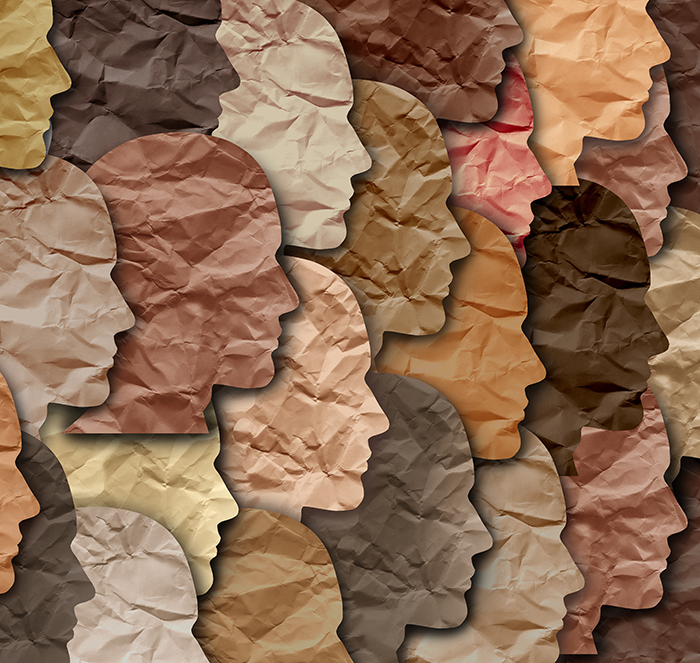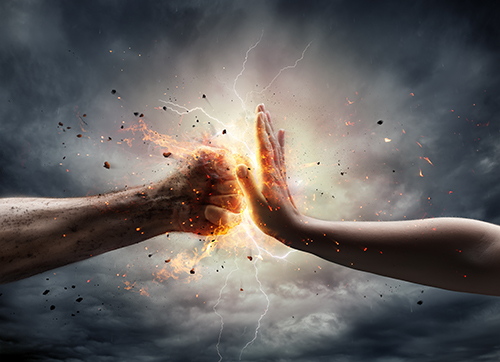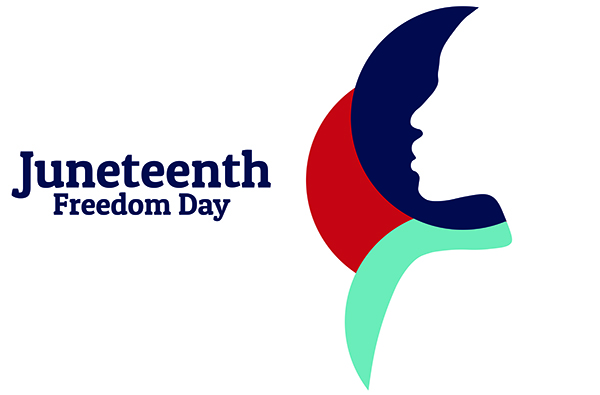How history has led to an extraordinary moment
Posted on July 20, 2020
Aaron Dixon has seen a lot in his 71 years. The leader of Seattle’s Black Panther Party in the height of the turbulent 1960s, Dixon lived through the uprisings after the murder of the Rev. Dr. Martin Luther King Jr. and fought against police brutality.
 But he has never seen a time like this.
But he has never seen a time like this.
“I think this is the most extraordinary moment in world history,” he said on Wednesday. “This is one of the greatest displays I’ve seen of people power in America, in history.”
The sustained demonstrations to protest systemic racial injustice and the killings of George Floyd, Breonna Taylor, Tony McDade and scores of other Black people over decades by police have brought thousands into the streets every day across the nation and beyond for nearly two weeks. Curfews were enacted across the country, demonstrators were tear gassed and shot with rubber bullets, and the National Guard was called into Seattle for the first time in 20 years.
Floyd was killed May 25 in Minneapolis after a police officer pressed his knee into his neck for 8 minutes and 46 seconds, causing his heart to stop, the medical examiner said. All four officers involved now face charges in the killing.
Floyd’s death may have been the breaking point, but pressure has built up for decades.
To understand the unprecedented moment we’re in, activists, organizers and scholars are looking back at its historic underpinnings, parsing the dynamics of the moment and envisioning where it might take us next.
Looking back
It started with Black bodies in peril.
Megan Ming Francis, an associate professor in the political science department at the University of Washington, specializes in the study of U.S. politics, race and the development of constitutional law. Her book, “Civil Rights and the Making of the Modern American State,” examined the NAACP’s role in the early 20th century in battling lynching and mob violence.
She said a lot of people are surprised to see protests supporting the Black Lives Matter movement emerging now in places like Minneapolis, Louisville, Seattle and other big cities and rural towns, but that the only way you could be surprised is if you don’t understand the past. “[That for Black people historically] the protection of Black lives is the center of what it meant to be free and equal in this country.” Francis said the early battles by the NAACP to protect Black people from lynchings laid the groundwork for the movement today.
Long before cellphone videos captured police brutality for all to see, Francis said Black lives have been under threat.
“There’s never been a time in American history that Black lives have been safe from state violence and white vigilante violence. I cannot point you to a decade time span. It just does not exist.”
Over time, institutionalized racism created conditions that led to the overpolicing of Black communities, the mass incarceration of Black and Latino people and deep wealth inequality.
Aaron Dixon, center, and other members of the Seattle Black Panthers listen to a witness describe how Seattle police officers shot 17-year-old Welton “Butch” Armstead on Capitol Hill on Oct. 5, 1968. (Seattle Times archive)
Seattle’s Black Panther Party was founded to right these wrongs, Dixon said. The national BPP’s 1966 10-Point Platform demanded housing, education, food, an end to mass incarceration and an end to the police killings of Black people. The party’s aims are as relevant today as they were then; its goals are yet unmet.
“This is the legacy of the Black Panther Party, what’s taking place now,” Dixon said. “This is a legacy of Malcolm X. The legacy of Martin Luther King.”
Agents of change
The historic past collided with forces of the immediate present to amplify the size, scale and reach of today’s movement.
Edwin Guillermo Lindo, a Seattle community organizer, critical race theory scholar and educator who teaches at the UW School of Medicine, said a confluence of factors happening at one time created a catalyzing moment that “triggered the consciousness.” A global pandemic that in the U.S. is hitting Black and Latino communities hardest was coupled with a largely captive audience staying home and seeing the video of Floyd’s killing over and over on their screens.
Floyd’s death is the wake-up call to the millions who may not have considered police killings an issue before, Lindo said. But now, people are in the streets in the middle of the pandemic saying, “‘You know, the risk of me getting sick is not as bad as the pandemic of you killing Black and brown folks.’”
Francis said the impact of the pandemic created a “pressure cooker” of events — millions unemployed, housing and food insecurity and then on top of that, “regular American racism” — plus the larger context of life under the Trump administration. “I think that there’s even a greater frustration and that frustration has built over the course of Trump’s presidency and the manifest failures of the political, legal and economic systems that his presidency and the past few years have exposed.”
Lindo doesn’t think this movement will fade any time soon. “I think it will be a consistent, pressured uprising that forces our elected officials and those in power to have to make the necessary changes.”
Even in the short span since Floyd’s death, some changes have taken place in Seattle. The city withdrew its effort to end the consent decree and federal oversight of the Seattle Police Department; the labor council demanded the Seattle police union address racism or leave; the city was pressured to suspend using tear gas on protesters and cancel the curfews; and virtually every major civic and business organization in the city issued statements condemning Floyd’s killers, decrying racism and calling for justice.
Some Seattle organizers’ core demands — defunding the police, diverting funds to community-based health and safety and dropping prosecution of protesters — are just starting to gain prominence in public conversations, but things are changing fast. In Los Angeles, Mayor Eric Garcetti — under pressure from activists — agreed to freeze a huge planned budget increase for police and divert $100 million to $150 million from the police budget to programs for communities of color.
Into the future
During the beginnings of the Black Lives Matter movement in 2014, some young Seattle leaders were demanding many of the same changes activists are calling for now. After the killing of Michael Brown in Ferguson in 2014, friends and former Garfield High School classmates Zemzem Ahmed and Harmony Wright joined Aretha Basu and Jazmine Cañez to form Women of Color for Systemic Change and lead Black Lives Matter protests in Seattle.
Zemzem Ahmed, co-founder of Women of Color for Systemic Change: Black people are forced to endure unending trauma, “a wound that never gets to heal.” (Ken Lambert / The Seattle Times, 2014)
“It was a sight to see for a lot of people,” Ahmed said. “They hadn’t seen four passionate young women who are leading a thousand people down the streets, chanting and calling out for justice.”
Though Ahmed said “the same reason we were protesting in 2014 was the same reason we’re protesting now,” both she and Wright said the conversation has changed. People are now starting to realize you can have fewer police and still have a safe community and that housing, health and economic equality create the foundation for that safety.
But opening up conversation doesn’t dull the pain of Black death, they said. And the fact that it requires a person’s death to be filmed for people to believe what Black people have been saying for centuries only adds to the heartbreak.
“Who do we believe when they say something is hurting them, and who [has to] show their pain over and over again? Because Black pain is everywhere,” Wright said. “There’s videos of violence being brought upon [Black people] for just being Black all the time. So how many times do we have to see that on camera before people actually realize, ‘Oh yeah, this is an actual problem’?”
With the focus on policy change, they said we have to always remember the impact of this trauma on people. It’s not a theoretical problem or an abstraction.
Ahmed described it like “a wound that never gets to heal.” A tender wound that belies the racist expectations placed on Black people to have superhuman emotional strength.
She said that once the wound’s “cells are regenerating themselves slowly but haven’t fully, it’s torn open again and it’s stabbed, it’s salt thrown in there and it never gets to actually heal. And that’s what it feels like with our reality.”
Looking forward, how could we envision a different future? The first step, Francis said, is realizing that the police are not the one-size-fits-all solution to all of our problems. When people are dealing with mental health issues and housing insecurity, the police shouldn’t be our first call.
It’s easy to forget that our current form of policing is relatively new. Police budgets have increased in recent years and the militarization of police forces is also a new phenomenon. According to a 2018 analysis by Freedom to Thrive, spending on higher education rose less than 6% between 1986 and 2013, while the average spending on policing rose 141% percent. And between 1997 and 2014, the Department of Defense transferred $4.3 billion in military equipment to local law enforcement agencies.
We have become so used to our current system of policing, it’s hard to envision a different way, and that’s part of the barrier to change, Lindo said.
“Part of the radical work of justice is that we have to imagine something that no one has ever taught us before, but what’s fascinating is people do that all the time,” Lindo said. “They do it in science. They do it in literature. They do it in art.”
We have become so used to our system of policing that we got to the point where police in the U.S. killed more people in the first 24 days of 2015 than police did over 24 years in England and Wales, according to analysis by The Guardian.
Wright said it’s time for people with privilege to speak up and stand up. White people and non-Black people of color, she said, need to examine their anti-Blackness and unlearn what we have been taught since birth. “It’s going to be very uncomfortable, but you have to push through that. Take the initiative to learn for yourself and not always rely on a Black person to teach you.”
There’s a long way to go, but Dixon sees hope.
“I think all of us in the past who were fighting for justice and fighting for freedom, were waiting for this moment,” he said. “Or wondering if this moment would ever come.
“We’ve seen a tremendous shift that has taken place in America, an awakening. People waking up and coming together and taking to the streets, not just for one day, two days, three days, but constantly, and many saying that they’re not going to stop until we get to get the change that we need to turn this around in terms of what’s happening to Black people.”
Naomi Ishisaka: nishisaka@seattletimes.com; on Twitter: @naomiishisaka. Naomi Ishisaka writes about race, culture and equity, through a social-justice lens. Her column appears weekly on Mondays.
SEE ALSO:
More Race Relations Articles
Sexual Bias Articles
Mental Health Articles
How Drugs and Alcohol Affect the Brain and Body
WA. Counselor Directory: find a therapist near you
How helpful is this web page to you?
(and how can we can improve this page for you?)
not helpful
very helpful
Other Articles
Race in America: policing, kneeling
Letters to the Editor, Northwest Voices, Opinion
Change policy culture “How police unions became such powerful opponents of change” [June 6, Nation), misses options to change police culture before officer contact with a union. The polic... read more
Stop fighting!
Atlanta sobriety test quickly turned deadly
ATLANTA (AP) — One minute, Rayshard Brooks was chatting cooperatively with Atlanta police, saying he’d had a couple of drinks to celebrate his daughter’s birthday and agreeing to a breath t... read more
Juneteenth 2020 a celebration and a call to action
For Black community organizers in Seattle
In recent days, TraeAnna Holiday, among others, has been busier than ever, organizing a Juneteenth rally and march in Seattle in just two weeks. Juneteenth, which commemorates the end of slavery in the U... read more
I do not want any help from your kind
Being a doctor while Black
Throughout my medical training, there were situations of patient’s refusing treatment based on the color of my skin, even in emergencies. One night, in Charlottesville, Virginia, the buzzing of the... read more





